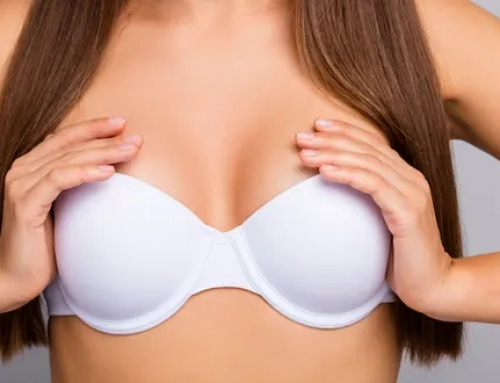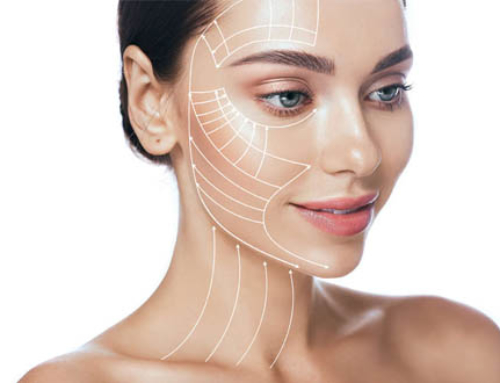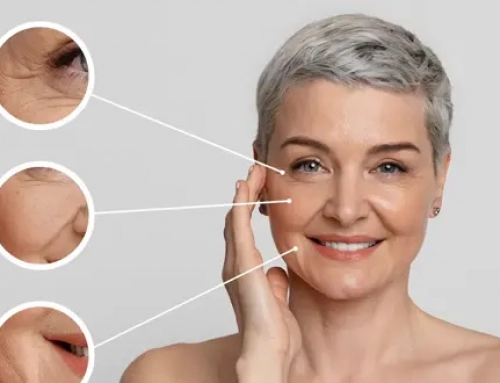While people may think that non-invasive fat reduction treatments have taken over surgical fat removal a.k.a liposuction, it is definitely not the case. Liposuction is one of the most requested and performed cosmetic surgeries in the world for a good reason: no other procedure can sculpt body contours as well as liposuction. Today, many different technologies can assist liposuction to improve the quality of the results, which is why liposuction is more efficient than ever. Here is more information about two of these technologies : vaser liposuction and Bodytite in Tunisia.
Vaser liposuction
The Vaser technology uses ultrasound energy to heat up fat tissue and emulsify it (it becomes liquid), which greatly facilitate its removal with liposuction. Larger amount of fat can be removed this way and surgeons can also work closer to the skin. During Vaser liposuction, a canula is inserted through skin and moved slowly in the targeted area of excess fat. Heat emulsifies fat without damaging other type of tissues and liposuction comes after that to remove it. Vaser liposuction causes less trauma and less bleeding than standard liposuction, it also allows surgeons to work on areas that are more complex to treat, because of difficulty of access or because of the risk of skin laxity in regions where skin is not likely to retract after fat removal.
Bodytite
Bodytite can be used with liposuction to tighten skin, which improves contour definition in the treatment area. By exposing tissues and collagen to heat, Bodytite induces significant skin tightening with an immediate effect. The results continue to improve over the months following the treatment until the 6 months mark.
Bodytite uses radiofrequency energy delivered by the device, which looks like some sort of hair straightener. One of the arms of the device goes under the skin whereas the other one stay on top of the skin. The energy flow between these two arms to produce heat, which improves skin tension and allows surgeons to work on areas where skin is lax.







Laisser un commentaire